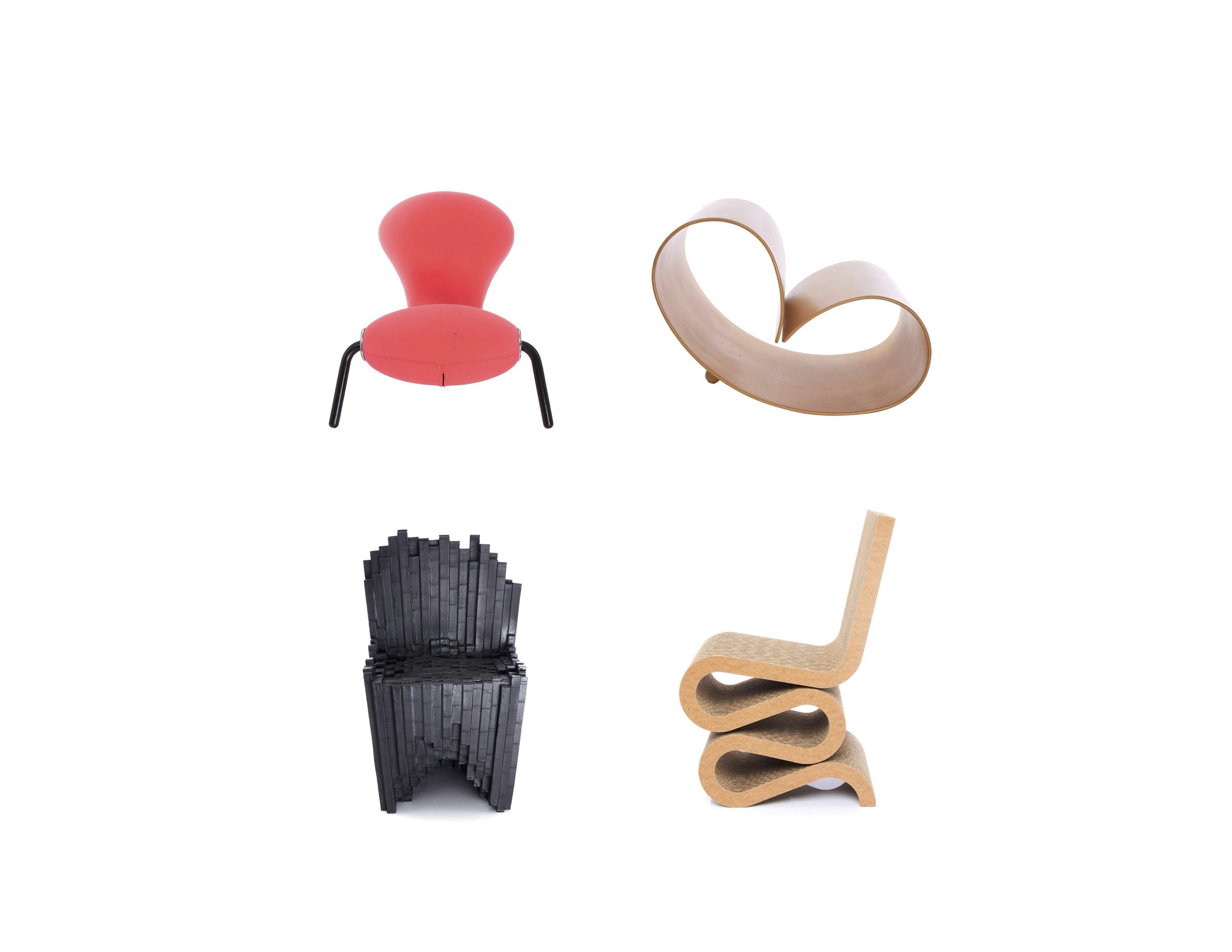HOW THE ORB IS BEING USED FOR MUSEUM ARCHIVES
Globally, organisations such as museums, galleries, and archives contain countless objects, artefacts, costumes and other heritage materials. Historically, the only way to experience a museum’s offerings was to visit in person. Now, they have begun to revolutionise the way the public has access to their pieces digitally. Digital documentation has enriched the museum experience, allowing for a new and unique way of observing artefacts.
Collection digitisation transfers analog materials into a digital format so that it can continue to be discovered, used, and enjoyed by future generations, opening up new opportunities to engage the wider public with virtual exhibits.
The contemporary experience allows for access to high-resolution copies of the physical work of art. A physical museum has limitations, such as overcrowding and because of limited display space, the majority of artefacts are hidden away in storage. With an online database, there is not only a clear view of the artwork, but also multimedia information about the piece and artist, videos, and related information. Through digitization, museums have seen increased engagement with objects in their collections.
Museums utilise a variety of methods to digitise collections depending on the medium. Flat prints, for example, are the simplest to digitise with a scan of the image. The digitization of sculptures using 360° imagery and 3-D renderings is an innovative process of capturing even the smallest details.
3D rendering is done by scanning each piece and manipulating the scan’s files to create realistic digital renditions. A 3D scan allows museum conservation staff to acquire accurate three-dimensional data about an artwork. Depending on the project, the digital information can be examined or altered using 3D software to aid in research or printed to use as a model.
Smithsonian staff perform a 3D scan of Abraham Lincoln’s death mask. Image credit: Smithsonian Digitization Program
Some museums have millions of pieces, and 3D renderings can turn into multi-year projects. For example, The Smithsonian has begun to undergo a massive project of digitising a portion of their collection, In an interview in the Smithsonian Magazine, Secretary of the Smithsonian Institution, G. Wayne Clough describes their process “When you think about digitising a three-dimensional object, somebody has to go get it, they need to bring it somewhere where there are sophisticated scanners, they need to scan it, and then they need to process it and then put it back. Think about doing that 14 million times. They estimate that would take 50 years, at best.”
For this reason, museums turn to ORB360° imagery to provide an immediate turnaround. The ORB360 workflow prioritises the safety of objects yet captures more items per day than any other provider in the market which reduces overall costs.
ORB360° imagery allows audiences to rotate objects and zoom in on every perspective. This level of interactivity recreates the feeling of discovery that is an integral part of the physical museum experience. ORB360° archives have a multitude of uses; interactive online galleries and virtual exhibitions, collection documentation for internal archives, educational programs, marketing/social media for exhibition promotion, digital promotional displays in physical spaces, and even pulling images for individual still shots.
The Ordre group has also developed a number of technologies for the industry that goes beyond ORB360°:
AUTHENTICATION - visual recognition of physical products. The App then fingerprints the item and creates a digital twin of a physical product
INTERACTIVE - Visitors of museums can simply take a photo of an artwork or object to learn about it - rather than scan a QR code or RFID
DIGITAL TWIN (NFT) - provide protection and proof of authenticity in addition to receiving a NFT twin to own in a wallet or show in the metaverse


